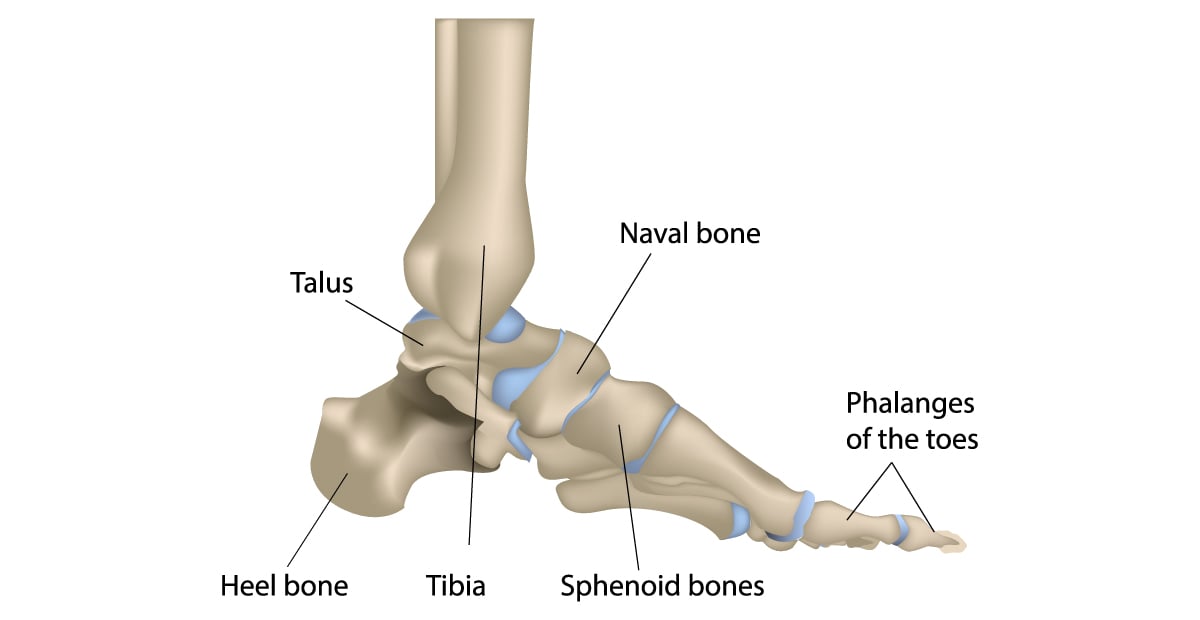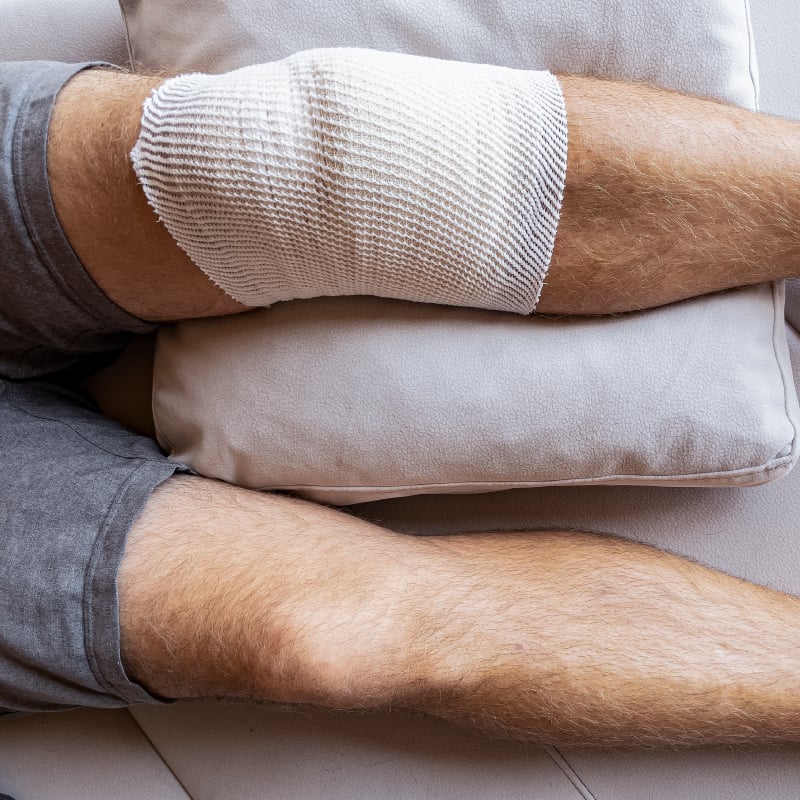The 2023 PGA Championship at Oak Hill Country Club in Rochester will feature some of the world’s greatest golfers. Tiger Woods will not be among them.
After pain in his foot led Woods to drop out of The Masters in April, the golfer “underwent a subtalar fusion procedure to address post-traumatic arthritis from his previous talus fracture,” according to a statement posted to his Twitter account. Woods has been dealing with issues related to a severe car crash in 2021 which left him with serious leg injuries.
Luke Loveys, MD, is the Associate Chair for the Department of Orthopaedics at Unity Hospital and explains the area of the foot affected by this type of injury, the treatment options available for patients, and what a surgical outcome might entail.
Explaining the anatomy
The talus bone is one of the main bones that makes up the ankle joint; the talus comprises the lower part of the ankle, while the tibia and fibula make up the upper part. The talus is located above the heel bone; together the talus and heel bone (calcaneus) form the subtalar joint.

The subtalar joint helps the foot to move in and out, which allows a person’s feet to accommodate uneven surfaces. When a person’s foot needs to roll while walking, the subtalar joint is one of the main parts of the feet in use.
“The talus bone is well protected, so any injury to that bone will stem from a significant event, like a fall from a height or a high-energy event such as a car crash,” Dr. Loveys said.
When the talus bone is injured, the interruption to its blood supply damages joint surfaces. This damage leads to inflammation, pain, and stiffness – often referred to as post-traumatic arthritis. This type of arthritis tends to affect younger people more often than older people because it stems from an acute injury rather than arthritis developed over decades of use.
Diagnosis and treatment
A patient with suspected post-traumatic arthritis will be diagnosed by a provider who takes the patient’s history, listen to their symptoms, then examine the injured ankle and compare it to the uninjured ankle.
If post-traumatic arthritis is suspected, the provider will refer the patient to follow up with additional imaging, including an X-ray, CT scan, and possibly an MRI scan to confirm the diagnosis.
If the diagnosis is confirmed, patients will start with non-surgical interventions. This includes:
- Non-steroidal anti-inflammatory drugs (NSAIDs)
- Braces
- Splints
- Taping
- Steroid injections
The next step after these methods would be surgery – a procedure called a subtalar fusion, or subtalar arthrodesis.
During a subtalar fusion procedure, the patient will go to a hospital or outpatient facility. Typically general anesthesia is used with the addition of a nerve block. A surgeon will then go into the joint and remove the damaged arthritic cartilage. Screws or other hardware are put into the talus and calcaneus bones to hold them in alignment as the fusion becomes permanent.
“The procedure essentially tricks the body into thinking it broke a bone and then fuses the two bones in the subtalar joint together as one,” Dr. Loveys said.
From beginning to end, the fusion procedure takes 60-90 minutes.
Recovery and beyond
Following surgery, each patient will be in an immobilizing cast for 6-8 weeks. The patient should not put any weight onto the foot during this time.
Once the patient makes enough progress, they will transition to walking while keeping the subtalar joint immobile. This is usually done by wearing a boot.
Going through physical therapy – either at home or at another location – is key to keeping the rest of a patient’s leg and foot strong while the bones heal.
“Healing the injured bones is the most important part of the process, but once those bones have healed, it also takes a considerable amount of time to restore the mobility, function, strength, and endurance of the adjacent joints,” Dr. Loveys said. “Physical therapy plays a prominent role in that recovery.”
Subtalar fusion procedure patients will see permanent changes in how they move on their feet. There is a loss of mobility in the hind foot that helps a person navigate uneven ground. However, the biggest benefit is pain relief. Gaining stability and not having to push through the pain that comes with daily movement allows a person to function better.
Generally speaking, a subtalar fusion procedure will not prevent a person from playing golf. It will change how they move through their swing and while walking along the course, but it is not a career-ending treatment.









